Saludos a los amigos de Hive hoy les traigo un artículo muy nutritivo. Gracias por el apoyo en esta comunidad / Greetings Hive friends today I bring you a article of @naturalmedicine. Thanks for the support in this community
To date, I do not know of a commercial way of extraction, there is no machine as there is for peanuts, and / or other nuts. In the case of the almond kernel to extract the kernel without crushing it, a machine will have to be invented to cut it into two transverse halves with high power laser technology and the almond is separated into two halves.
Reasons to invent such a machine is not in its pharmacological properties, but in the nutritional properties of the almond, where 100 grams of this almond provides a similar amount of minerals and vitamins that the almond, if we look at the nutritional table of similar nuts, qualifies perfectly for a diet rich in protein, fat, calories and fiber and few carbohydrates, making this fruit attractive to markets where the value of nuts is extraordinarily expensive.
Hasta la fecha no conozco forma comercial de extracción, no existe una maquina como lo hay para el maní, y /u otros frutos secos. En el caso del almendrón para extraer la almendra sin triturarla, se tendrá que inventar una maquina que lo corte en dos mitades transversales con tecnología laser de gran potencia y que la almendra se separe en dos mitades.
Razones para inventar dicha maquina esta no en sus propiedades farmacológicas, sino en las propiedades nutritivas de la almendra, donde 100 gramos de esta almendra aporta una similar cantidad de minerales y vitaminas que la almendra, si observamos la tabla nutritiva de frutos secos similares, califica perfectamente para una dieta rica en proteínas, grasas, calorías y fibra y pocos carbohidratos, haciendo de este fruto atractivo para mercados donde el valor de los frutos secos es extraordinariamente costosos.
Nutritional value of fresh Indian almond is very different, there are works done, which dry the seed from 110 to 140 degrees for half an hour, but the real taste of the almond is to let it dry in the sun for several weeks, until the seed is detached from the caroso; so the nutritional value of certain studies does not apply to this research.
Part of the nutritional value of this table was a compilation of average data from the analysis of the dried seed of the Indian almond in Venezuela. Carried out at the Food Hygiene and Composition Laboratory of the School of Nutrition and Dietetics. University of Los Andes. Consulting the Table of the Venezuelan National Institute of Nutrition of the year 1999.
Valor nutricional de la Almendra fresca es muy diferente, hay trabajos realizados, que secan la semilla de 110 a 140 grados por media hora, pero el verdadero sabor de la almendra es dejarla secar al sol por varias semanas, hasta que la semilla se despegue del caroso; así que el valor nutricional de ciertos estudios no aplica para esta investigación.
Parte del valor nutricional de esta tabla fue una recopilación de Datos Promedios del análisis de la semilla seca del almendrón en Venezuela. Realizado en el laboratorio de Higiene y Composición de los Alimentos de la Escuela de Nutrición y Dietética-Universidad de Los Andes. Consultando las Tabla del Instituto Nacional de Nutrición venezolanas del año 1.999.
Translated with www.DeepL.com/Translator (free version)
Originally posted here: https://hive.blog/hive-120078/@elabuelo/almendronindian-almond-espeng
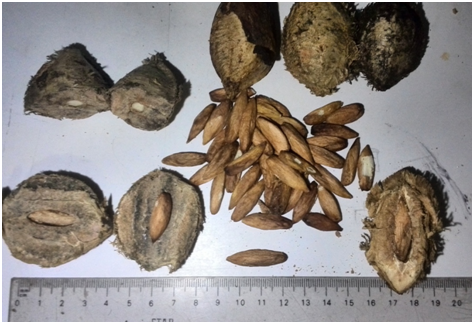
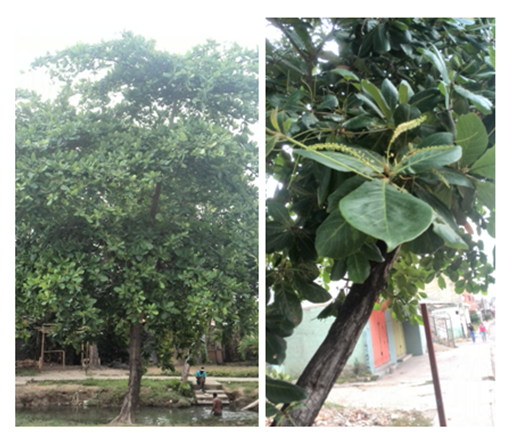
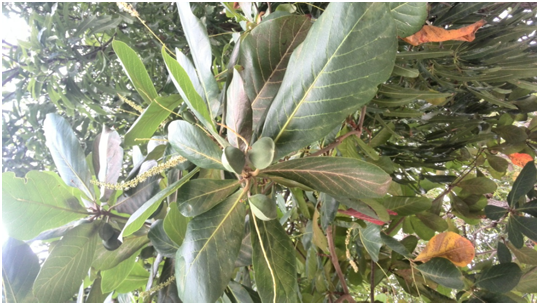
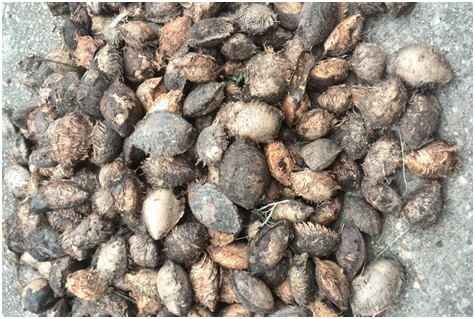
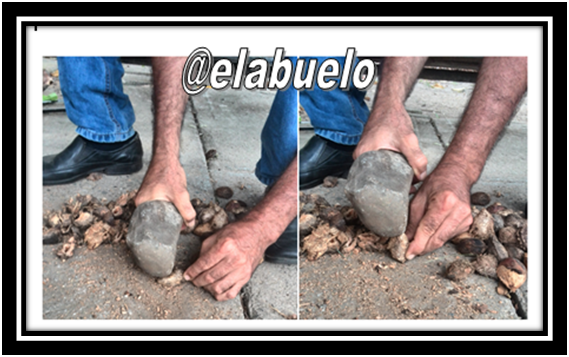
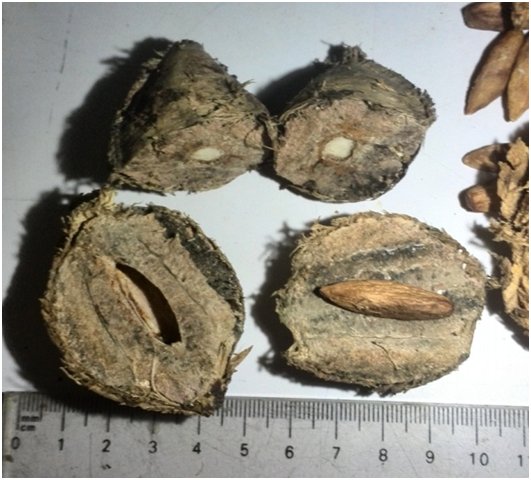
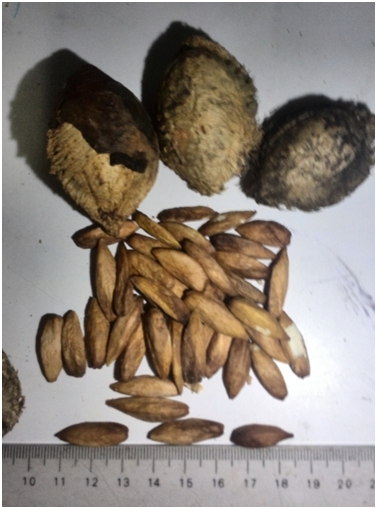


No comments:
Post a Comment